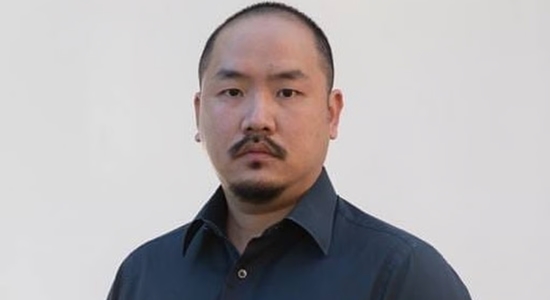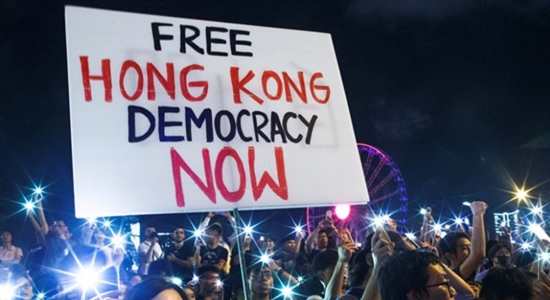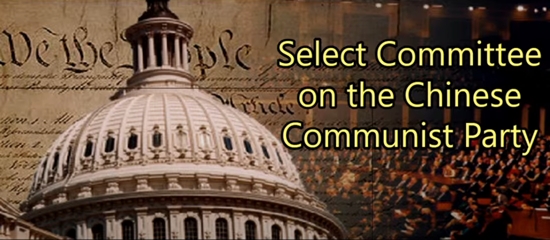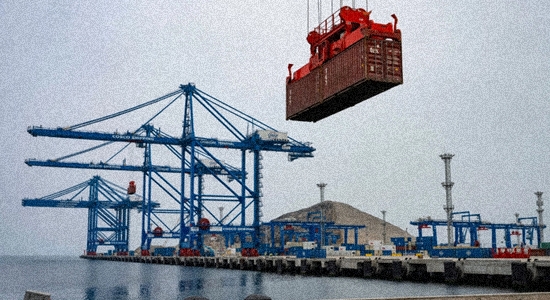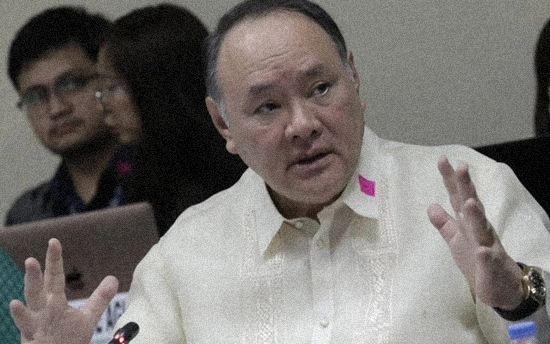
“Why don’t they look at their own offensive missile capabilities and remove it, destroy their nuclear weapons, vacate Mischief Reef, and get out of the West Philippine Sea?” asks Philippine Defense Secretary Gilberto Teodoro Jr. Good question (Rappler Philippine News, September 25, 2024).
“What are they doing? Who started the arms race? Who built an island in the West Philippine Sea in the Mischief Reef?”
Typhon’s visit
Teodoro (shown above) is responding to China’s annoyance with the fact that the Typhon or Mid-Range Capability missile system which the U.S. brought to the Philippines for what was originally supposed to be just a brief visit—just to say hello, maybe—is apparently sticking around for a while.
The MRC first landed in Philippine soil in April 2024 as part of a bilateral army-to-army exercise. The same missile system was also part of Balikatan, the largest joint exercise activity between the two treaty allies.
Military and defense officials earlier said the missile system’s extended stay was meant to allow the training of Filipino troops, should the Philippines acquire the same system in the future. Military officials had also said it would leave the Philippines by September 2024….
But Eduardo Año, the Philippines’ national security adviser, said there is no set timeline for the missile system’s exit from the Philippines.
The Philippines may end up buying the system. Defense Secretary Teodoro (shown above) refuses to either confirm or deny that such a purchase is in the offing but does say, “Whatever will serve our deterrent purpose for our national defense, of course, that is open for consideration.”
The willingness of the current Philippine government to risk China’s ire by resisting, even if somewhat inconsistently, China’s continuous violent incursions in the Philippine area of the South China Sea is a far cry from the attitude adopted by Manila just a few short years ago. Then, Rodrigo Duterte was at the helm as president, pushing the United States away and instead embracing China and Xi Jinping—to the dismay, however, of many in Duterte’s own government.
According to a Q&A in The Diplomat, Duterte’s China-ward tilt had less to do with any sober geopolitical calculations than personal history and untutored impulses (“Parsing the Philippines’ ‘Pivot’ to China Under Rodrigo Duterte,” September 24, 2024).
Dramatic shift
The piece mostly consists of Sebastian Strangio’s interview with Marites Vitug, coauthor with Camille Elemia of the book Unrequited Love: Duterte’s China Embrace.
Vitug says that Duterte “was the first Philippine president in contemporary history to openly and unabashedly embrace China. In his first visit to China as president in October 2016, he announced during a Philippine-China Trade and Investment Forum at the Great Hall of the People his ‘separation from the United States…so I will be dependent on you for all times.’ It was a dramatic foreign policy shift that stunned many, including some members of his Cabinet. He said he needed China’s help—investment, loans, and aid—to boost the Philippine economy. It was a pragmatic move, also driven by the fact that he hated China’s rival superpower, the U.S., for criticizing his war on drugs, among other reasons.”
Duterte served as a kind of ally of China against his own country. When “the Philippines won a maritime case it filed against China with an international arbitration court, which declared China’s nine-dash-line claim illegal…Duterte chose to ignore it, calling it a piece of paper fit for the rubbish bin. He did not use it as leverage to negotiate with China.”
Duterte’s appeasement did not yield any softening of China’s conduct in the Philippine part of the South China Sea, let alone any retreat by Chinese vessels.
“China continued its aggressive behavior in the West Philippine Sea…. The China Coast Guard (CCG) blocked and water-cannoned resupply missions of Philippine vessels to troops aboard BRP Sierra Madre, a World War II ship beached on Second Thomas Shoal. During one extended period, at least 200 Chinese ships, including those of their maritime militia, swarmed Julian Felipe Reef (Whitsun Reef), intimidating the Philippine Coast Guard and fishermen. Similarly, in a provocative move, Chinese fishing ships, accompanied by People’s Liberation Army Navy frigates and CCG vessels, surrounded Sandy Cay, a sandbar of Pag-asa (Thitu) Island, which is occupied by the Philippines.”
The good news about Duterte’s tenure is that it was term-limited. The government’s suicidal appeasement of China has also come to an end, at least for now. Duterte is still around, though, carrying China’s water and parroting its propaganda. Along with “a few politicians like Senator Imee Marcos (sister of the President),” he “continues to amplify China’s propaganda and disinformation narratives.”

